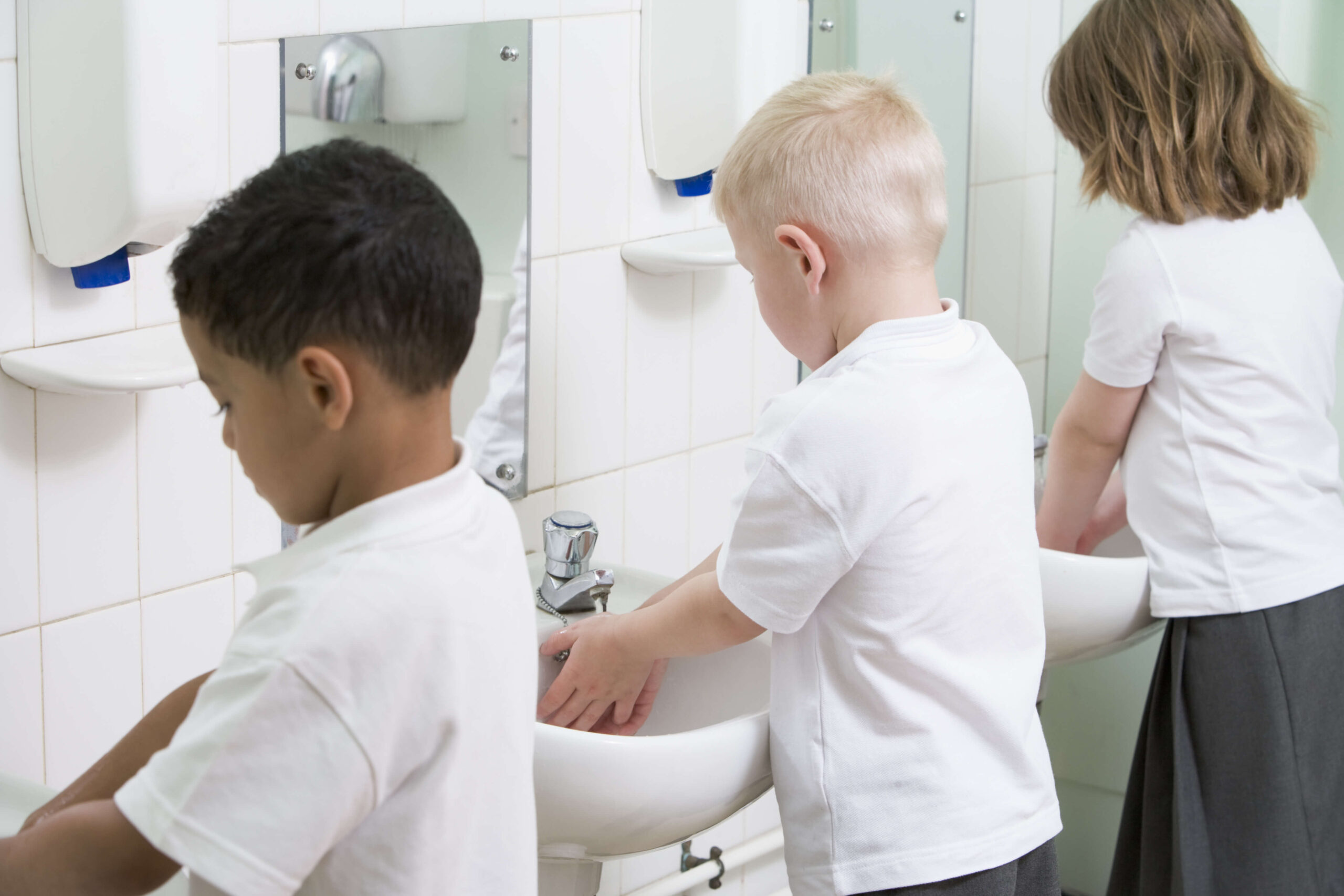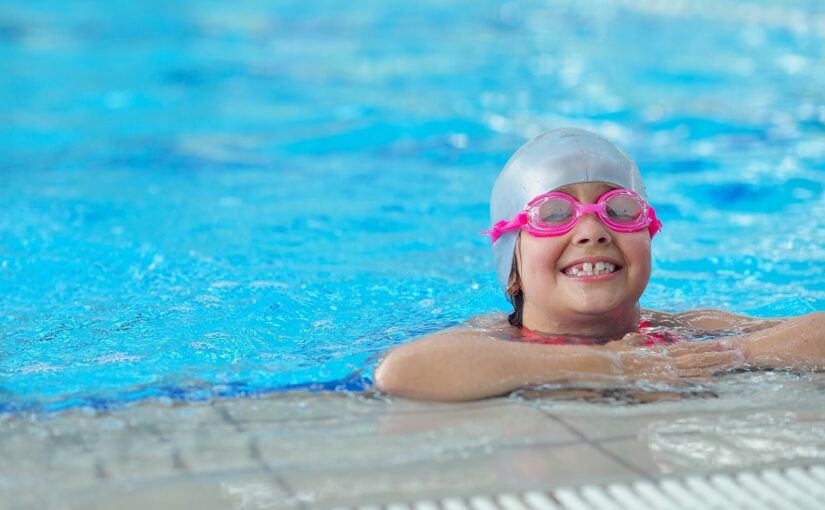As our population grows and water demand increases, pressure on the planet’s water resources intensifies — especially with the added challenge of climate change. Protecting this invaluable resource is essential for our environment and well-being.
Yet for many British schools, managing water use efficiently presents a dual challenge: safeguarding natural resources while navigating tight budgets.
Join us as we explore actionable strategies that schools can adopt to conserve water, reduce costs, and contribute positively to the planet.
Why conserve water in schools?
School budgets are limited and must be carefully managed to cover the essentials. However, the statistics are striking: every UK primary school pupil uses 7,000 litres of water annually — roughly equivalent to 88 baths. The figure rises to 11,000 litres yearly for secondary school students (138 baths each). This water use poses a significant financial burden, costing schools an estimated £70 million annually.
Efforts to reduce this water consumption promise substantial cost savings while offering profound environmental benefits.
Cost savings of water efficiency
- Water savings: Using less water directly reduces costs.
- Energy savings: Heating water consumes energy, which also incurs costs.
Environmental impact of water efficiency
- Resource conservation: Conserving water protects precious resources and reduces the energy required to treat, pump, and heat water.
- Carbon footprint: Treating water produces carbon emissions. By saving water, schools also reduce their carbon footprint.
- Preventing shortages: Water conservation helps prevent shortages and droughts, ensuring a more sustainable future.
How to save water in school
Starting a water conservation project in school may seem daunting. But breaking it into bite-sized steps makes it achievable.
Step one: Determine your school’s water use
Start by calculating your school’s water use using recent bills. Follow these steps:
- Convert the water use from cubic metres to litres (1m³ = 1,000 litres).
- Divide this number by the days the school is open.
- Divide the result by the total number of students and staff in the school.
This final number will give you the average daily water use per person.
You can further understand the environmental impact of your school’s water consumption by calculating its carbon production. For example, the cleaning and pumping machines at Anglian Water release 0.3 grams of carbon to produce one litre of clean, drinkable water from a tap.
Step two: Contact your water company
Once you have your water consumption figures, contact your provider. Many water companies have education centres or teams dedicated to educating children about the water cycle. Enquire about scheduling a water assembly or request resources to run your own.
Step three: Educate the school community
Engaging the entire school community in your mission to reduce water consumption is essential — you’ll need as many people on board as possible.
Start with an initial assembly, call a staff meeting, and connect with governors, business managers, site managers, cleaners, parents, and families. Since water education will motivate and benefit everyone, share ample information to foster a sense of responsibility and environmental awareness.
Following a water conservation assembly, you can reinforce the topic with students through various activities:
- Younger children: Encourage them to create posters about water waste to display around the school.
- Older students: Have them write essays on the importance of reducing water consumption and establish a team of students dedicated to championing water efficiency. This team can also research potential support and funding opportunities the school can apply for to further the initiative.
Step four: Conduct a water audit
To effectively reduce water waste in your school, you must first identify where it’s being wasted. While water companies can perform an audit on your behalf, this service usually comes at a cost.
If you opt to conduct the audit internally, follow these steps:
- Map out water use: Print or draw a school map and mark all locations where water is used, including sinks, toilets, showers, water fountains, outside taps, and swimming pools.
- Involve the maintenance team: Ask your maintenance or caretaking team to inspect each area systematically.
- Check for issues: During the audit, look for damp patches, watermarks, leaks, silent leaks, faulty flushes, and dripping taps.
- Measure water use: Record the number of litres each toilet uses per flush and the water flow rate from each tap per minute.
Conducting a thorough audit can help pinpoint problem areas, enabling you to plan targeted solutions.
Step five: Act on the audit’s findings

The audit will likely identify many areas needing improvement. Address urgent issues like leaks and drips immediately, then create a comprehensive plan to tackle the remaining concerns.
Toilets
- Install water displacement devices like the Hippo water saver in every toilet cistern.
- Convert single flush to dual flush by fitting eco-beaters to single flush toilets.
- Upgrade to water-efficient toilet models.
- Install a system to use rainwater for flushing toilets.
Urinals
- Adjust the timing of urinal flushes to reduce water use.
- Ensure urinals are switched off when the school is closed.
- Use biological blocks to reduce the need for frequent flushing.
- Choose push-flush or sensor-activated urinals.
Taps
- Assign water monitors to check that taps are turned off and post reminder posters next to each sink.
- Equip classroom, kitchen, and staffroom sinks with plugs or washing-up bowls.
- Fit tap aerators or push or sensor taps to reduce water flow.
Showers
- Use posters or stickers to remind users to take shorter showers.
- Use restrictors, low-flow showerheads, and timers to limit water use.
- Replace existing showers with low-flow versions.
Outdoors
- Wrap outdoor taps to protect them from frost.
- Install water butts and prioritise using collected rainwater instead of water from the tap. Attach a hose to the water butt if needed.
- This helps retain moisture and reduces the need for frequent watering.
- Set up a system for efficient plant watering.
Step six: Maintain momentum
When you’ve implemented your initial changes, it’s crucial to maintain momentum throughout the school and local community. You can ensure ongoing progress and water efficiency with these four steps:
- Regular reviews: Review your water use each term to track progress and identify new areas for improvement.
- Progress displays: Create a display in the school to showcase water-saving achievements and keep everyone informed and motivated. Include your water use and carbon production figures compared to those in your initial audit.
- Continuous promotion: Discuss and promote water conservation through assemblies, classroom activities, and school newsletters.
- Routine maintenance: Schedule regular maintenance checks to address new leaks or issues promptly.
Check out our articles on reducing school paper and food waste to plan further cost-saving and environmentally friendly initiatives.
